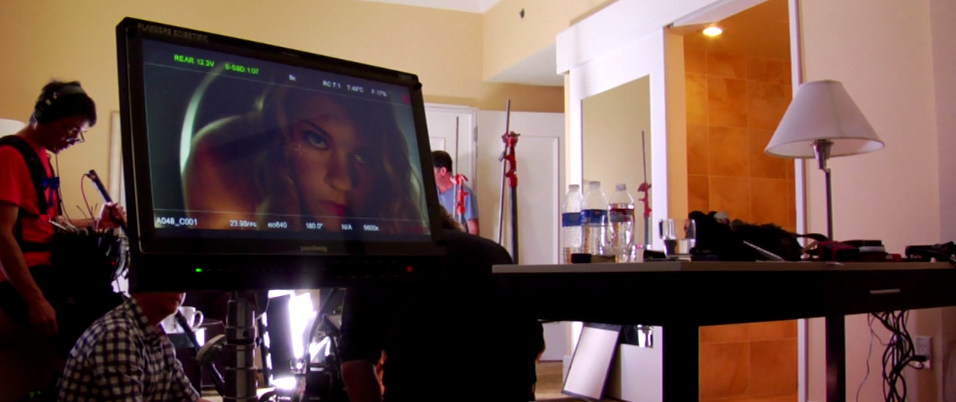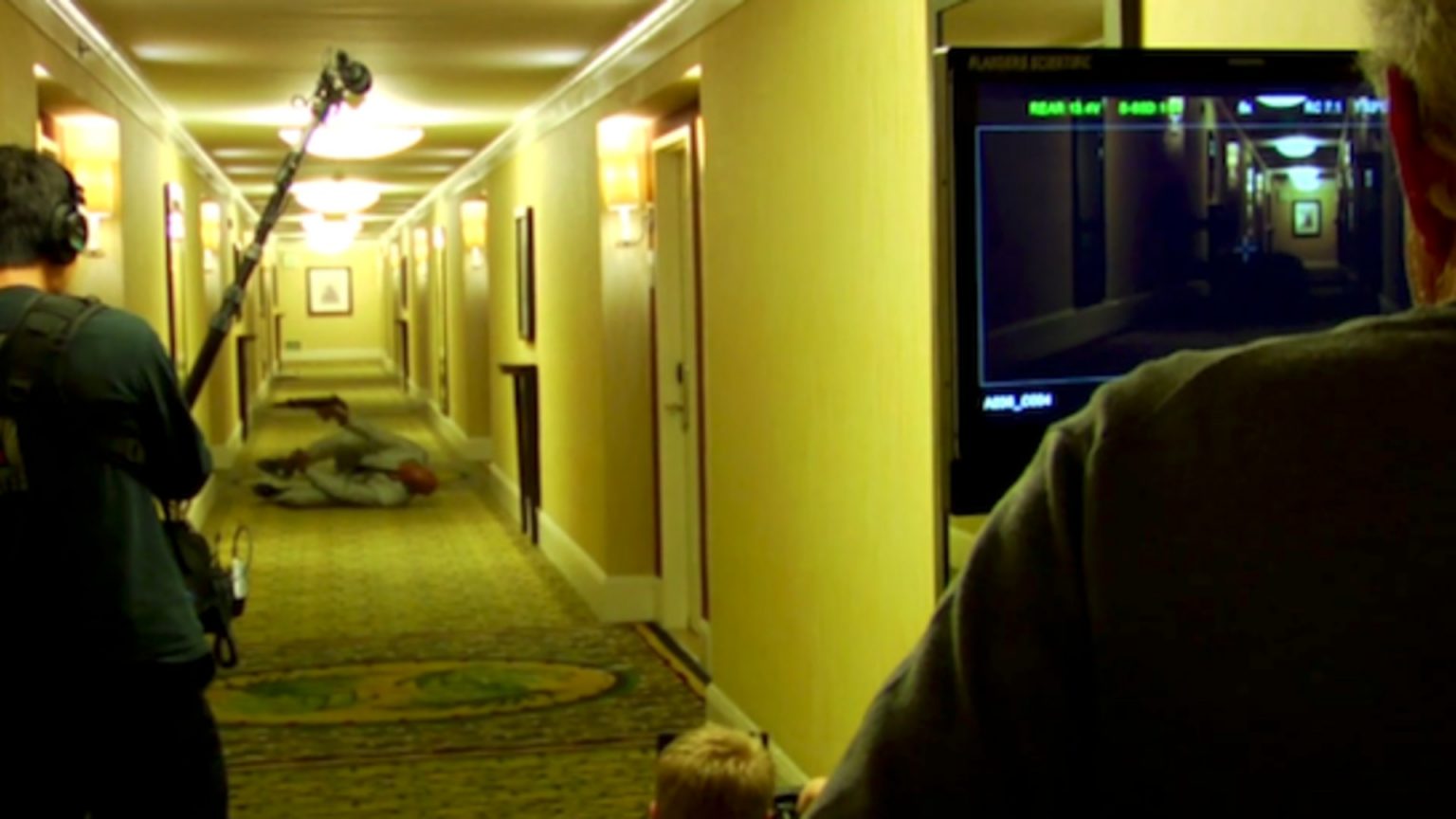For this final installment of my Sidney J. Furie video production diary, from the set of his newest project, Drive Me to Vegas and Mars, I figured it is about to time to let the man himself speak in his own words about his own film. The production wrapped on July 9, 2015. Sidney took time to answer some wrap-up questions just recently.
Editor’s note: See these links for the first and second installments of this series.
Daniel Kremer: You’re used to certain luxuries and much larger crews when you make a movie. How has the experience of directing Drive Me to Vegas and Mars compared to other experiences you’ve had on film sets?
Sidney J. Furie: Whether it’s a crew of fifty or a crew of seven, the fact remains that, in the end, it’s the director and the actors trying to make a scene work. You could be on the field in Yankee stadium with fifty thousand people watching and waiting, but it’s always just you and the actors trying to get it right.
Kremer: Were there any especially memorable moments on this set?
Furie: All of them. I mean it. Any day spent filming or working on a movie is a good day for me. Being the first to rise in the morning, arriving on set before anyone else does, walking around the set, feeling things, coming up with a plan of attack, watching the crew and the grips arrive, having a donut and some coffee, talking with the AD about what we have lined up today, being the ‘commander’ or the ‘general’ of the filmmaking brigade…it’s the greatest thing I could ever do in my life. On this movie, I loved working with Stan Shaw, Michael Lerner, Beverly Todd, Googy Gress, Tony Todd and Mackenzie Munro, who I think has the makings of a big new star—remember her name! And all the bit day-players, who came, did their part, did it perfect…I mean, never underestimate the advantage of having great featured and bit players! We got some great ones in this movie. The whole experience was just top-notch.
Kremer: Did you learn anything about yourself as a filmmaker that you didn’t know before? Or was there anything you forgot that you were unexpectedly reminded of again?
Furie: It doesn’t matter how many movies you’ve directed, because it’s hard f—ing work and it never gets easier. It’s a war against time and money. I wouldn’t still be doing it if I didn’t love it, though. Even when it’s a movie that you know isn’t going to turn out all that well, it’s a thrill, because you’re shooting and you’re still making the magic. But this one, I feel, might really work, but you just never know. You never know! You need to get into the editing room and see what you’ve got, and even then you don’t know. Only when it hits an audience, and sometimes, even then, you don’t know. On my movie Gable and Lombard (1976), we had the best preview cards in the studio’s history, only next to Jaws (1975), and the movie still flopped.
Kremer: Did anything startle you or challenge you?
Furie: It’s always the same primary challenge: getting the scene right. When you move on to the next scene with the feeling you really got the one you just finished, I mean really got it, there’s nothing like it.
Kremer: In your own words, why do you feel so close to this particular picture?
Furie: It’s semi-autobiographical. Sure, I’m not a lifelong compulsive gambler or an ex-lawyer or any of that, but the theme is something I feel really close to, and the main character is, in many respects, me. Cowboy wants to win again. He wants to get off his behind and make something great happen. It’s like any of us, really, but anyone who knows me knows that I’m not the type to rest on my laurels. I based some of the dialogue on my relationship with my own granddaughter too, so that makes it even more personal.

Kremer: You felt drawn to shooting it with a scaled down crew, in the ultra low-budget bracket. Why?
Furie: It was the only way to get it made as I envisioned it. I did not want to surrender any control over this project. This one had to be completely my own, and I had to be the one calling the shots, without any overseer. And if I’d done it the usual, expected way, I would have felt rushed. Beyond that, I’m working with a great cinematographer. Thanks to him, we take extra time to give everything a little something extra, visually. If I did it the other way, sure, we’d be going a lot faster and feeling a lot more pressured. We also shot Drive Me to Vegas and Mars single-camera, which is a key component because I’ve been shooting multi-camera for so long. With a single camera, your attentions are on making the one image you’re shooting look and feel really good. It’s not just about covering covering covering to get everything done ASAP. That makes a big difference.
Kremer: Is there anything else you’d like to say or let us know about Drive Me to Vegas and Mars?
Furie: This is the funny part. When I started, I felt it would be my last film, my farewell movie. Now that I shot it, I’m not too sure about that. I already have an idea for my next movie! I don’t know if it’s in me, to retire, because I love making movies so much. But we’ll see what happens when I write it. It took me a full two years to write Drive Me to Vegas and Mars, after all…and even longer to decide to make it. I’d like to maybe do a noir. I can say that it feels great to be really writing again!




